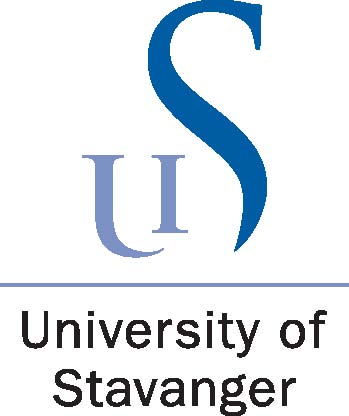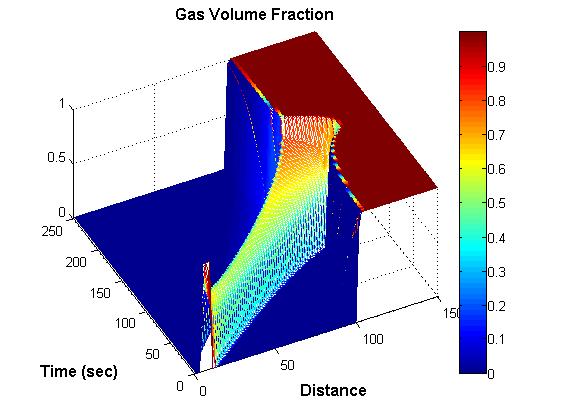Bachelor and Master projects
******************************************************************************************************************************
We offer bachelor thesis problems in various directions. The main goal is to ensure that the student get some basic training in solving some generic partial differential equations (PDEs).
Important ingredients are:
- Formulation of the model
- Basic theory relevant for the model in question
- Implementation of an appropriate discrete version of the model
- Characteristic behavior of the model
Examples of such models are:
- various transport-reaction models
- various two-phase variants of porous media models
- gas-liquid flow models
- general conservation laws
Specific applications of such models could be within different fields like:
petroleum engineering, chemical engineering, mathematical biosciences and engineering, fluid mechanics, financial engineering, etc.
*****************************************************************************************
Master thesis problems are proposed, preferentially in the direction of some of the ongoing research fields.
Porous media multiphase flow modelling
We offer master thesis problems on improved oil recovery methods from carbonate reservoirs by induced wettability changes through waterflooding. Possible thesis problems are:
- Combined transport and chemical reaction effects (chalk weakening).
- Modelling of wettability alteration and water-oil transport with inclusion of water-rock interaction (brine-dependent oil recovery).
Focus is here on development of models that can be evaluated against experimental data. Other thesis problems can focus on different aspects of the mathematical models itself used to represent flow phenomena described above. Examples of such investigations are:
- Investigations with an eye to improvements in the numerical methods that are used.
- Study of qualitative properties of simplified systems by using mathematical methods/analysis.
See the following recent papers for more information:
S. Evje, A. Hiorth, M. Madland, and R. Korsnes,
A mathematical model relevant for weakening of chalk reservoirs due to chemical reactions, Networks and Heterogeneous Media Vol 4 (4), 2009.
S. Evje, A. Hiorth
A mathematical model for dynamic wettability alteration controlled by water-rock chemistry, Networks and Heterogeneous Media, to appear, 2010.
Well/pipe multiphase flow modelling
Focus is on mixture models like the so-called drift-flux model and two-fluid model. Examples of thesis problems are:
- Develoment of new models by relying on the basic drift-flux or two-fluid model studied in the references
- inclusion of more components/phases, temperature effects, ...
- studies of concrete flow processes (underbalanced drilling, ...)
- Investigations to improve the numerical methods
- Mathematical analysis of simplified multiphase models (existence, uniqueness, stability)
Example of gas-liquid mixture behavior in a vertical 1-dimensional domain:
The ascent of a gas slug in a vertical well by using the drift-flux model. The figure demonstrates the expansion of the gas slug as it approaches liquid-gas free interface and the burst of the gas slug when it reaches the free interface.
See the following recent papers for more information:
S.Evje and K.K Fjelde, Hybrid Flux-Splitting Schemes for a Two-Phase Model, J. Comp. Phys., 175, 674-701, 2002.
S.Evje and T. Flåtten, Weakly implicit numerical methods for a two-fluid model, SIAM Sci. Comput., vol. 26 (2005) No. 5, pp. 1449-1484.
H.A. Friis, S.Evje, T. Flåtten, A numerical study of characteristic slow-transient behavior of a compressible 2D gas-liquid two-fluid model, Adv. Appl. Math. Mech. Vol 1 (2), pp 166-200, 2009.
S.Evje, H.A. Friis, T. Flåtten, Global weak solutions for a viscous liquid-gas model with transition to single-phase gas flow and vacuum, Nonlinear Analysis (Series A: Theory, Methods & Applications), Vol 70, pp 3864-3886, 2009.
********************************************************************************************






